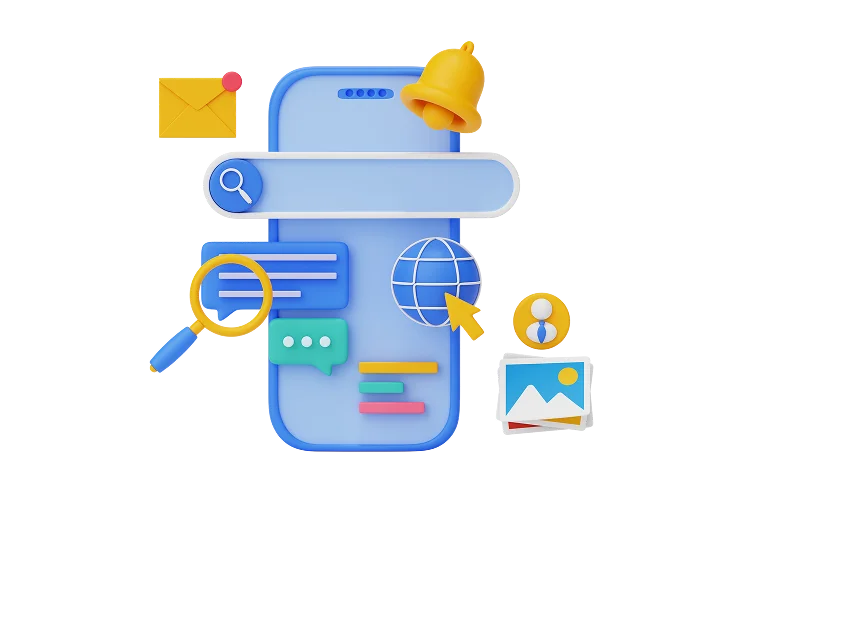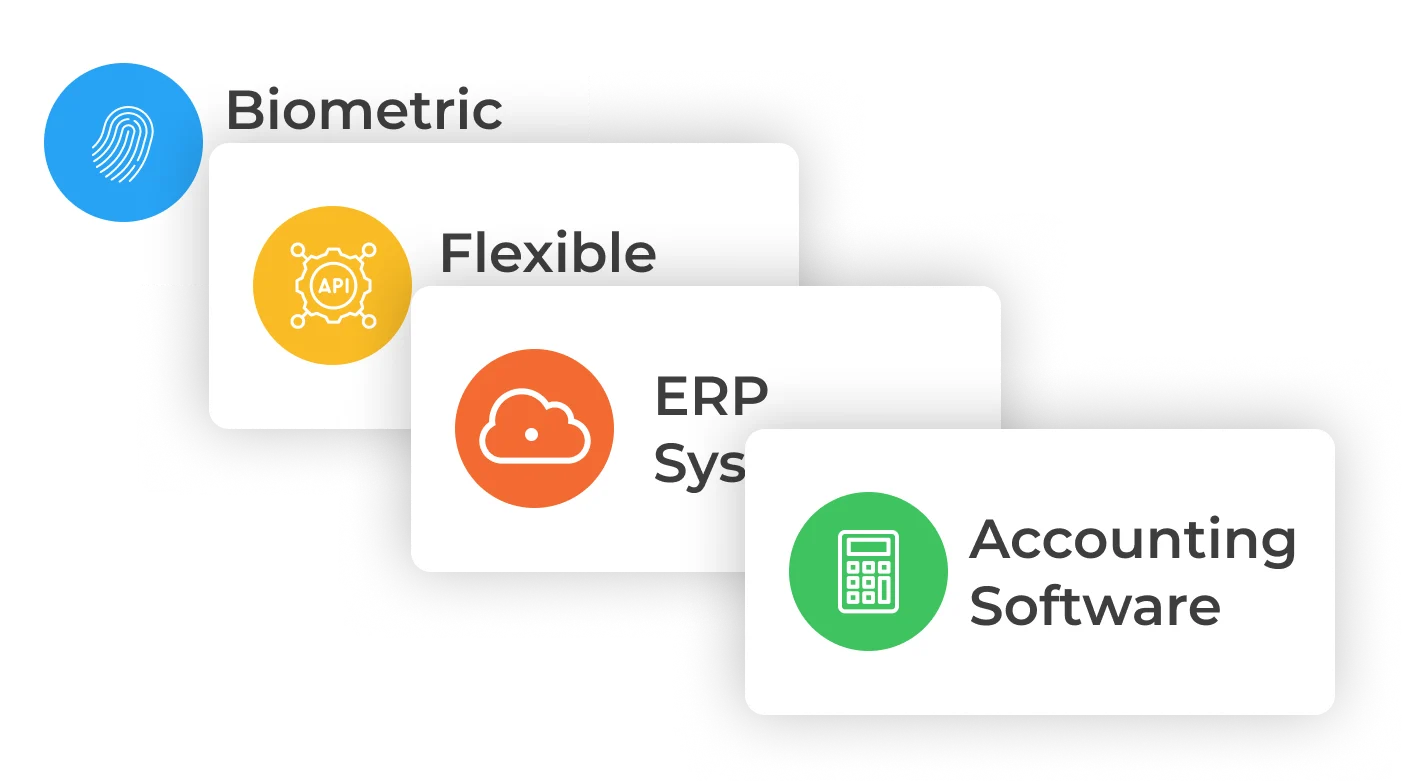Bring Your Tools Together Without Interruption
Connect your HRMS, ERP, and biometric systems seamlessly to keep all data updated and in sync. Eliminate manual effort while ensuring attendance, payroll, and employee records flow accurately across systems, reducing errors and saving time.





 Connect seamlessly with leading ERP systems to keep your HR and finance data aligned.
Connect seamlessly with leading ERP systems to keep your HR and finance data aligned.








